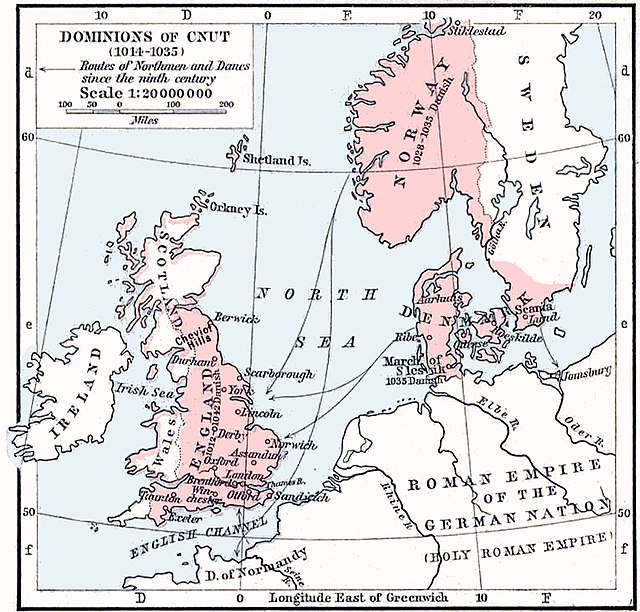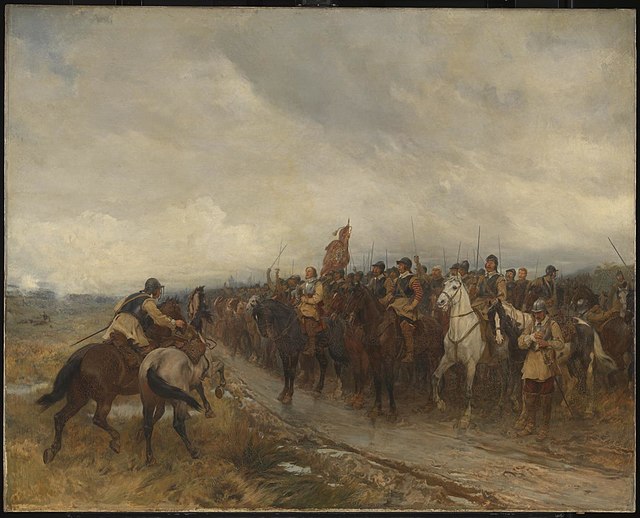English claims to the French throne
From the 1340s to the 19th century, excluding two brief intervals in the 1360s and the 1420s, the kings and queens of England and Ireland also claimed the throne of France. The claim dates from Edward III, who claimed the French throne in 1340 as the sororal nephew of the last direct Capetian, Charles IV. Edward and his heirs fought the Hundred Years' War to enforce this claim, and were briefly successful in the 1420s under Henry V and Henry VI, but the House of Valois, a cadet branch of the Capetian dynasty, was ultimately victorious and retained control of France, except for Calais and the Channel Islands. Following the Hundred Years War, English and British monarchs continued to call themselves kings of France, and adopted the French fleur-de-lis as their coat of arms, quartering the arms of England in positions of secondary honour. This continued until 1802, by which time France no longer had any monarch, having become a republic. The Jacobite claimants, however, did not explicitly relinquish the claim.

English stained glass window from c. 1350–77, showing the coat of arms of Edward III, which featured the royal arms of France in the positions of greatest honour, quartering the arms of England.
The Kingdom of England was a sovereign state on the island of Great Britain from the early 10th century, when it emerged from various Anglo-Saxon kingdoms, until 1 May 1707, when it united with Scotland to form the Kingdom of Great Britain, which would later become the United Kingdom. The Kingdom of England was among the most powerful states in Europe during the medieval and early modern colonial periods.
The dominions of Cnut (1014–1035)
Fifteenth-century miniature depicting the English victory over France at the Battle of Agincourt
Portrait of Elizabeth I made to commemorate the defeat of the Spanish Armada (1588), depicted in the background. Elizabeth's international power is symbolised by the hand resting on the globe.
Cromwell at Dunbar. Oliver Cromwell united the whole of the British Isles by force and created the Commonwealth of England.





